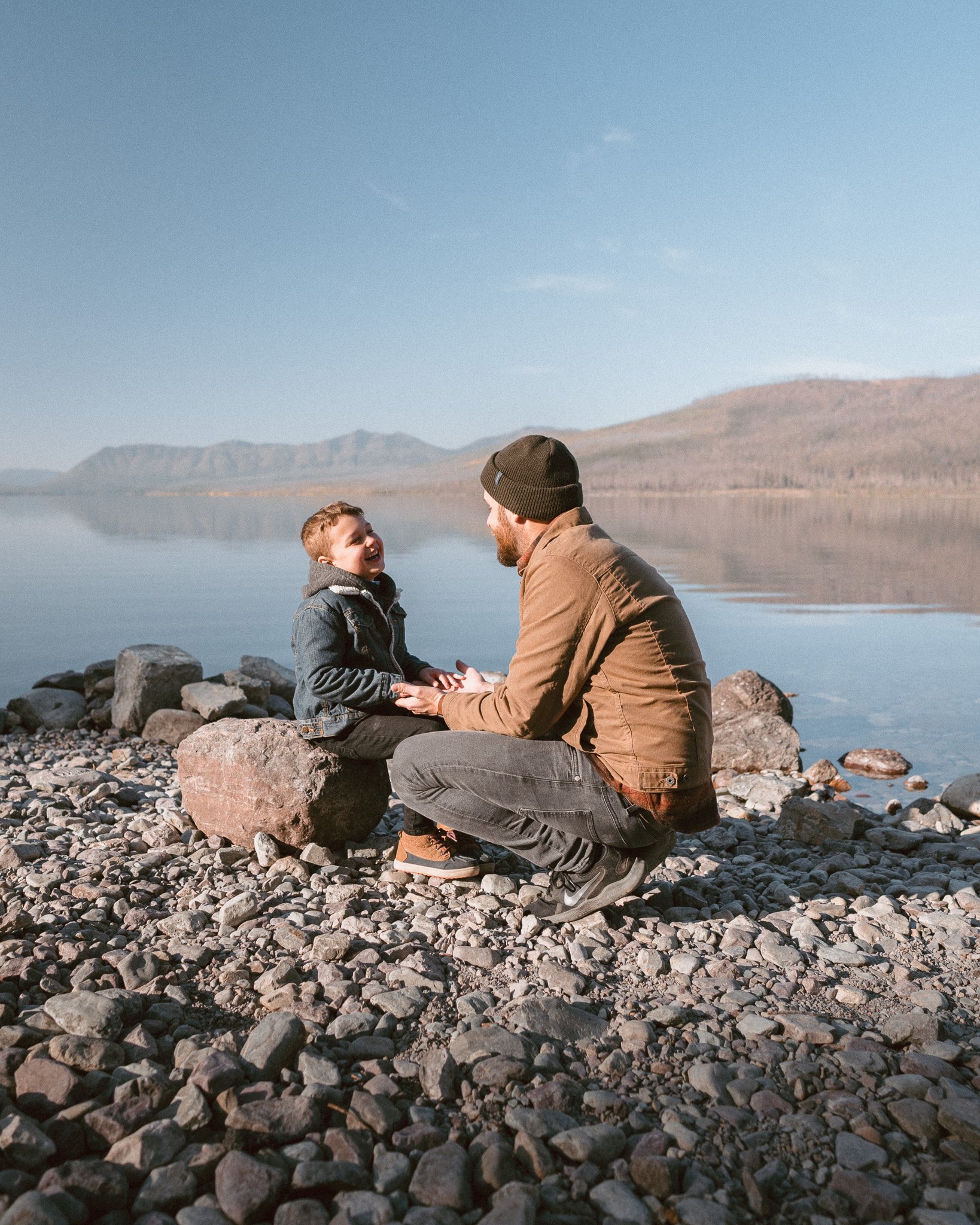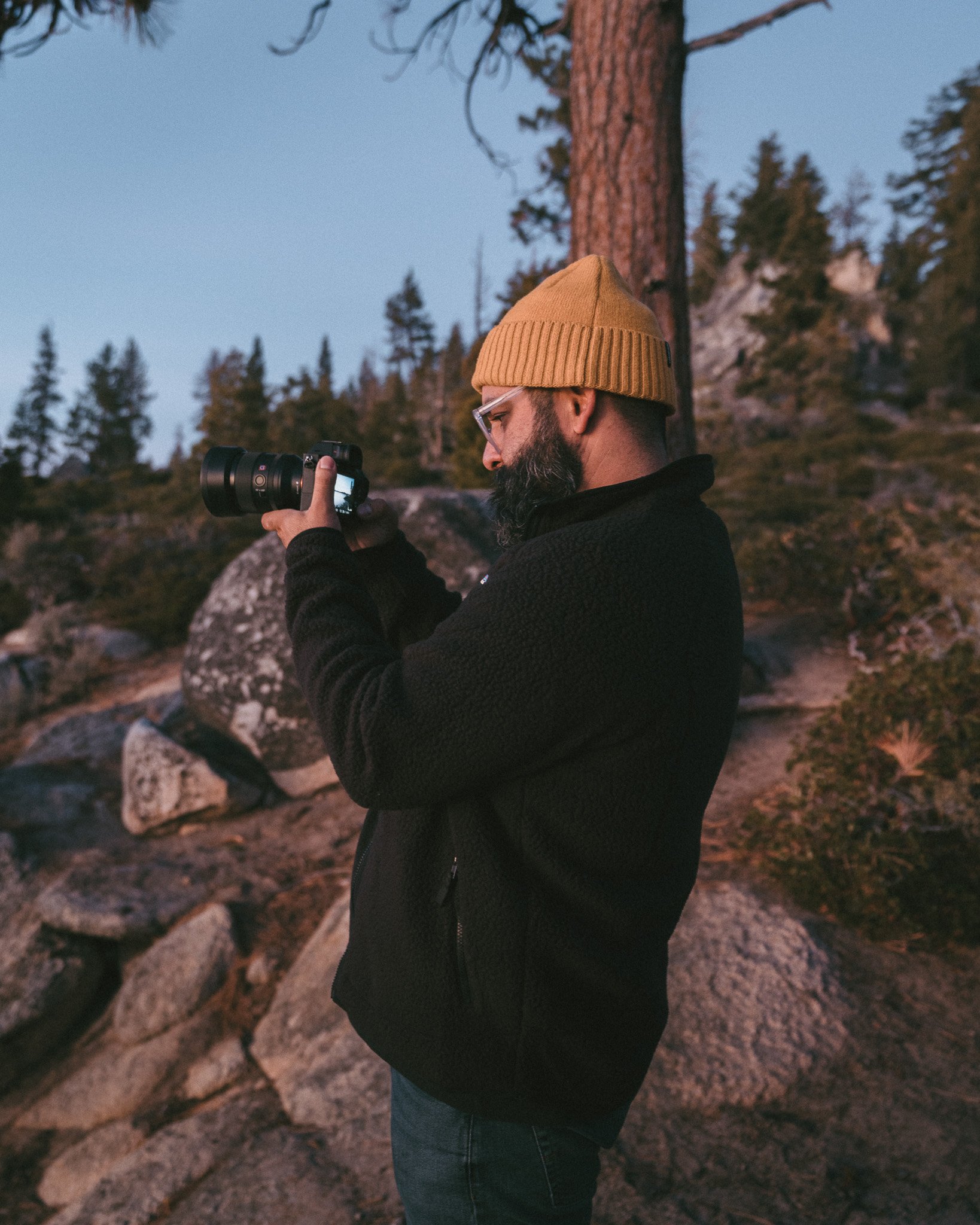How To Setup Your Camera for a Friend
No matter when or where I shoot, if someone is with me, at some point I hand them a camera. I do this for two reasons. First, I want them to love photography and share this experience with me. To do so, they’ve got to try it! Second, while I love taking photos, I also want to be in some of the photos as well. In 2020 when our family did a long roadtrip, I had a camera for my wife Amanda (who is not a photographer) and I set it up for her so she could point and shoot for the entire trip. It worked great, and I was able to be in photos as well!
Taken by Amanda, who isn’t a photographer.
Taken by Amanda, who isn’t a photographer.
When I bring or hand-off a camera to someone to take photos, here are the small tweaks I make that let them have a good time, take great photos, and get images I can still work with.
1. Set the Camera to Aperture-Priority
This is the very first thing I do. When you set it to aperture-priority (typically designated as an A on the camera dial), you’re telling the camera to automatically adjust other settings to prioritize the aperture you have set. I will typically set the aperture to f/2.8 to f/3.5, even if the lens is capable of going lower. I’ve found that f/2.8 is fairly safe, creating clear and creamy bokeh and backgrounds without risking partial facial focusing.
2. Set the ISO to 400
Once you set the aperture, set the ISO to 400. This is going to create very little noise, while creating reasonable shutter speeds in most cases. With the ISO at 400, an outdoor shoot will have a fairly higher shutter, which means those images will likely be not have motion blur. When coming indoors, the shutter shouldn’t get too slow, either. You may run a little risk, and could turn it up to 800 if necessary, but I’ve found 400 to be fairly safe and consistent for producing good images.
3. Set the Live Display to Help Them Out
There are two things you can do on most camera systems that are really helpful for people that don’t shoot often, or don’t shoot at all. You can get rid of all that information or histogram. They won’t need it. The first thing I do is turn on the rule-of-thirds grid overlay. This lays three cross bars vertically and horizontally across the live-view. This helps with composition and balance, which their eye typically draws to rather than you having to explain or teach much. The other thing I do, and perhaps the most important thing I do, is to turn the level on. If your camera has a level on it, turn it on. It will have them slow down and level out their shots so you don’t end up with crooked or tilted photos.
Everything else is a pretty normal setup for me. White balance to 6400k, flex-spot focus, and of course shooting RAW. It’s always exciting to get photos off the card, edit, and return their images back to them. I love seeing the stoke on their face when they realize that they got great photos. Several friends have become photographers through this process, and it’s awesome every time it happens.
Setup your camera like this for a friend and let them have fun. You may end up in some great images, too.







